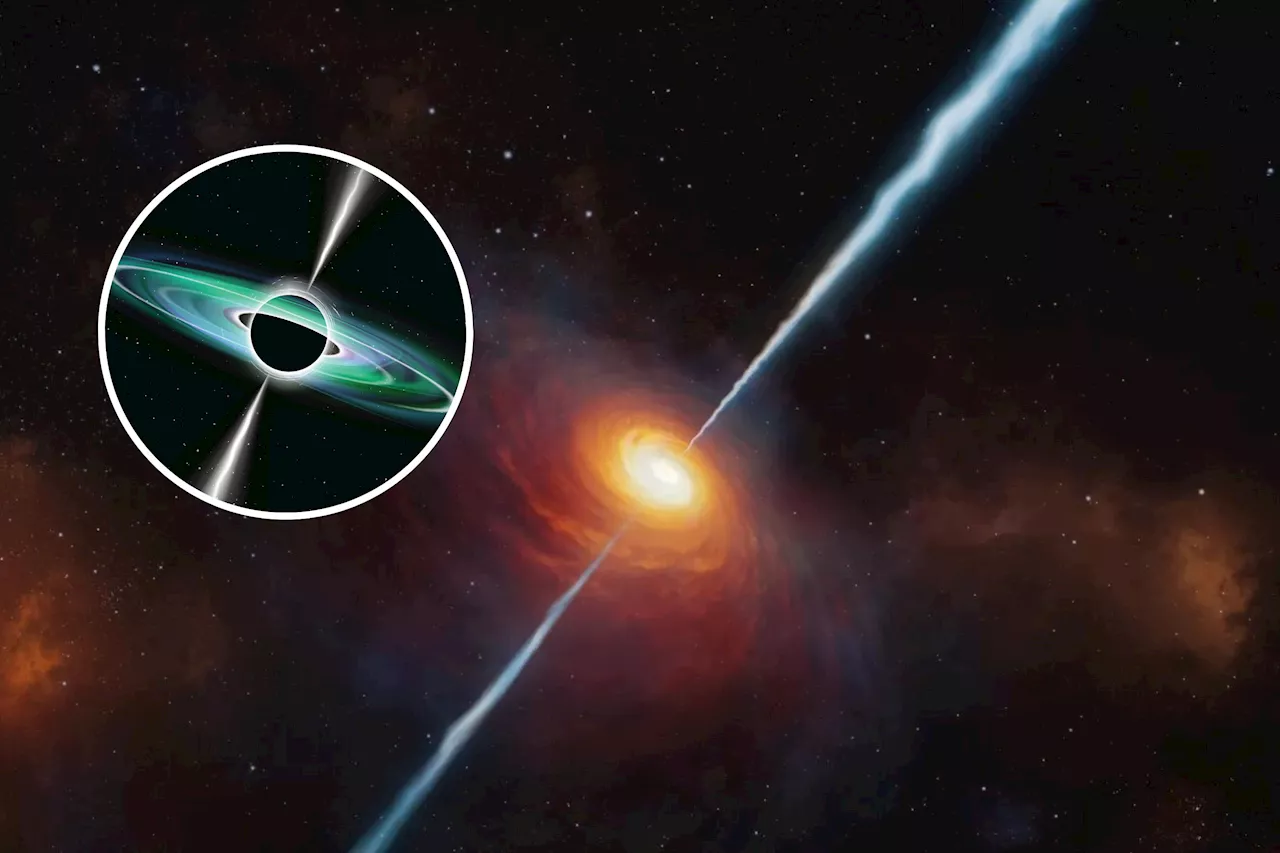From end to end, these gargantuan jets measure 140 times the diameter of the entire Milky Way.
The largest-ever pair of radiation jets has been discovered bursting out of a distant supermassive black hole, burning brighter than 100 galaxies, or over a trillion stars.From the end of one jet to the end of the other, the pair measures roughly 7 megaparsecs or about 23 million light-years, making them the longest jets ever found, according to a new paper in the journal Nature.
The type of black hole that the jets are being shot out from indicates that it is very old, and the jets themselves are thought to have been burning since the universe was 6.3 billion years old, less than half its current age of 13.8 billion years.
United States Latest News, United States Headlines
Similar News:You can also read news stories similar to this one that we have collected from other news sources.
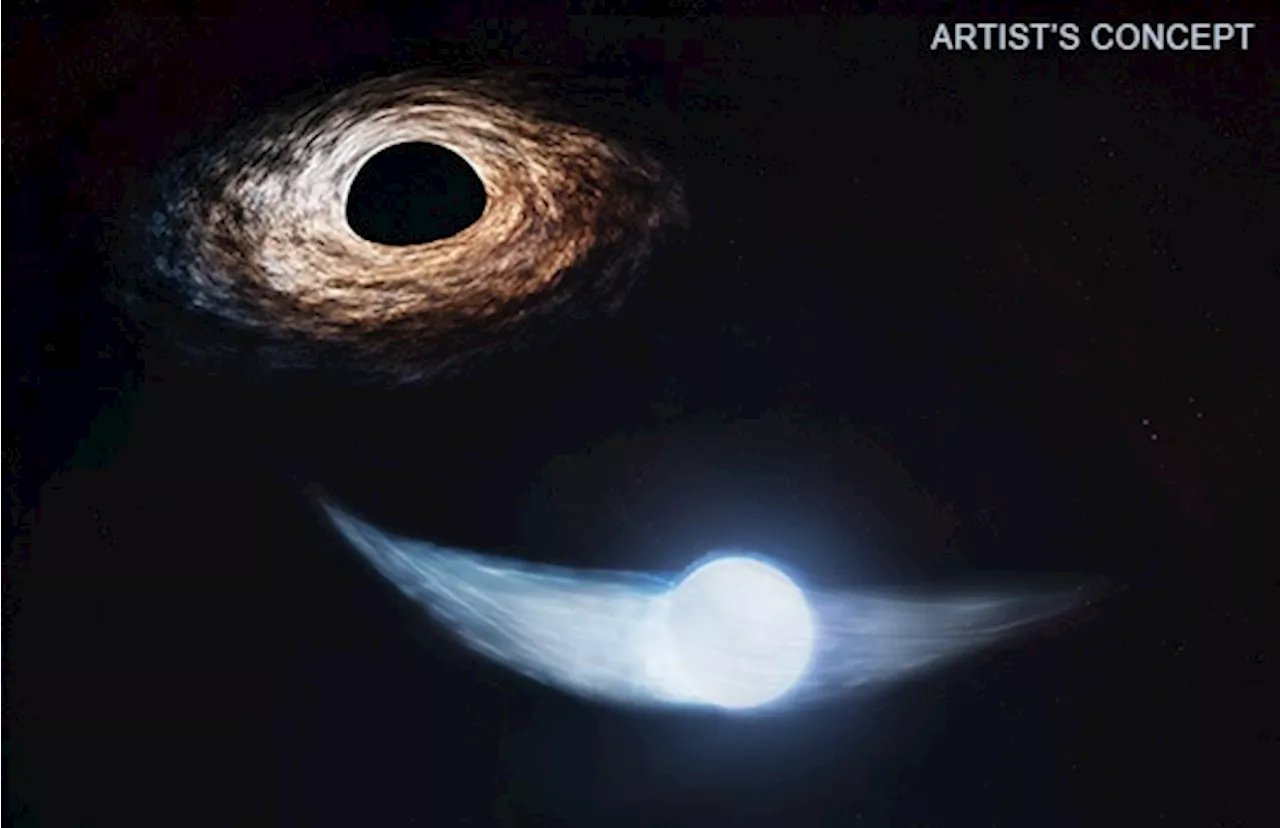 We Know When a Black Hole Will Have its Next FeastSpace and astronomy news
We Know When a Black Hole Will Have its Next FeastSpace and astronomy news
Read more »
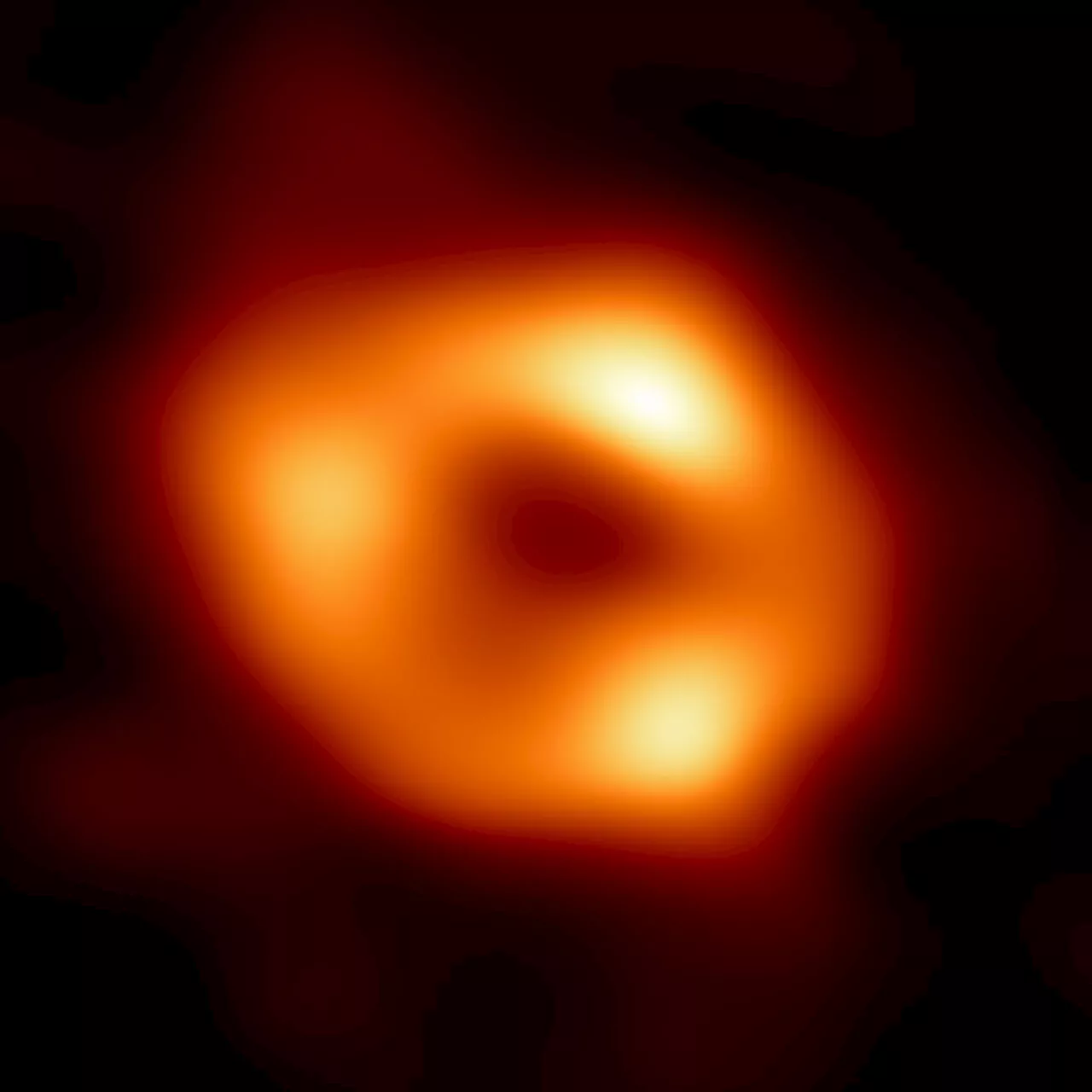 The Milky Way's Supermassive Black Hole Might Have Formed 9 Billion Years AgoSagittarius A-Star, the supermassive black hole at the center of the Milky Way, has some strange properties. Is it the result of a BH merger?
The Milky Way's Supermassive Black Hole Might Have Formed 9 Billion Years AgoSagittarius A-Star, the supermassive black hole at the center of the Milky Way, has some strange properties. Is it the result of a BH merger?
Read more »
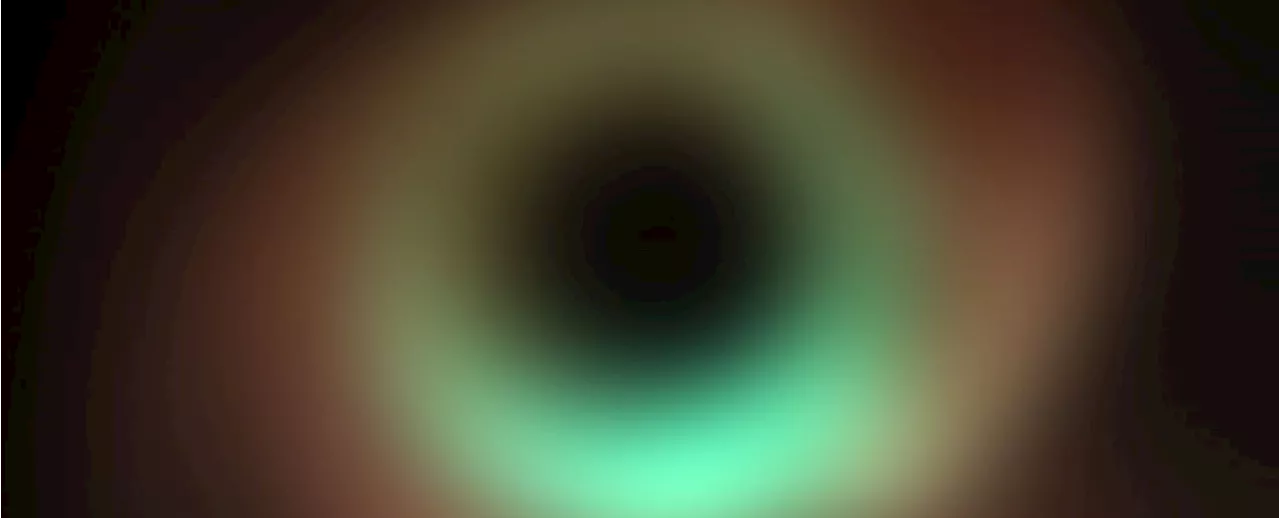 Black Hole Telescope Makes Record Observations From Earth's SurfaceThe Best in Science News and Amazing Breakthroughs
Black Hole Telescope Makes Record Observations From Earth's SurfaceThe Best in Science News and Amazing Breakthroughs
Read more »
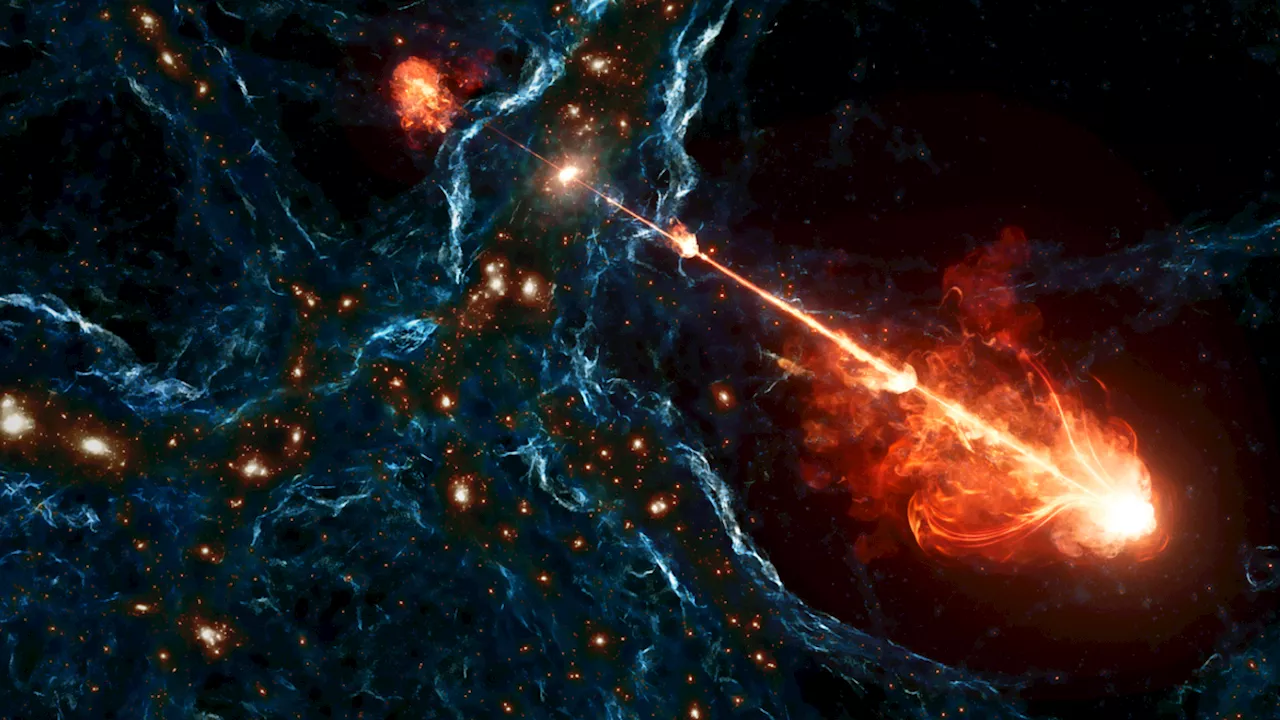 Largest jets ever seen blasting from a black hole 23 million light-years long!Robert Lea is a science journalist in the U.K. whose articles have been published in Physics World, New Scientist, Astronomy Magazine, All About Space, Newsweek and ZME Science. He also writes about science communication for Elsevier and the European Journal of Physics. Rob holds a bachelor of science degree in physics and astronomy from the U.K.
Largest jets ever seen blasting from a black hole 23 million light-years long!Robert Lea is a science journalist in the U.K. whose articles have been published in Physics World, New Scientist, Astronomy Magazine, All About Space, Newsweek and ZME Science. He also writes about science communication for Elsevier and the European Journal of Physics. Rob holds a bachelor of science degree in physics and astronomy from the U.K.
Read more »
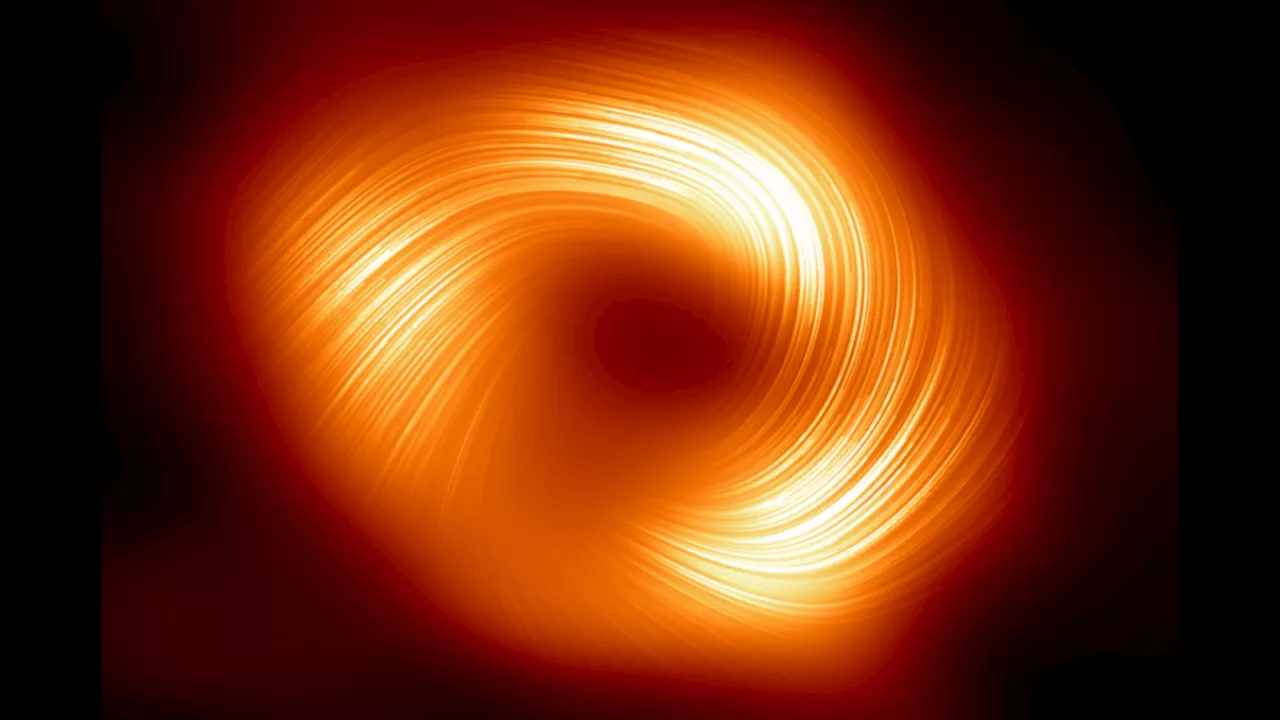 The 1st Milky Way black hole image was groundbreaking — the next could be even betterKeith Cooper is a freelance science journalist and editor in the United Kingdom, and has a degree in physics and astrophysics from the University of Manchester.
The 1st Milky Way black hole image was groundbreaking — the next could be even betterKeith Cooper is a freelance science journalist and editor in the United Kingdom, and has a degree in physics and astrophysics from the University of Manchester.
Read more »
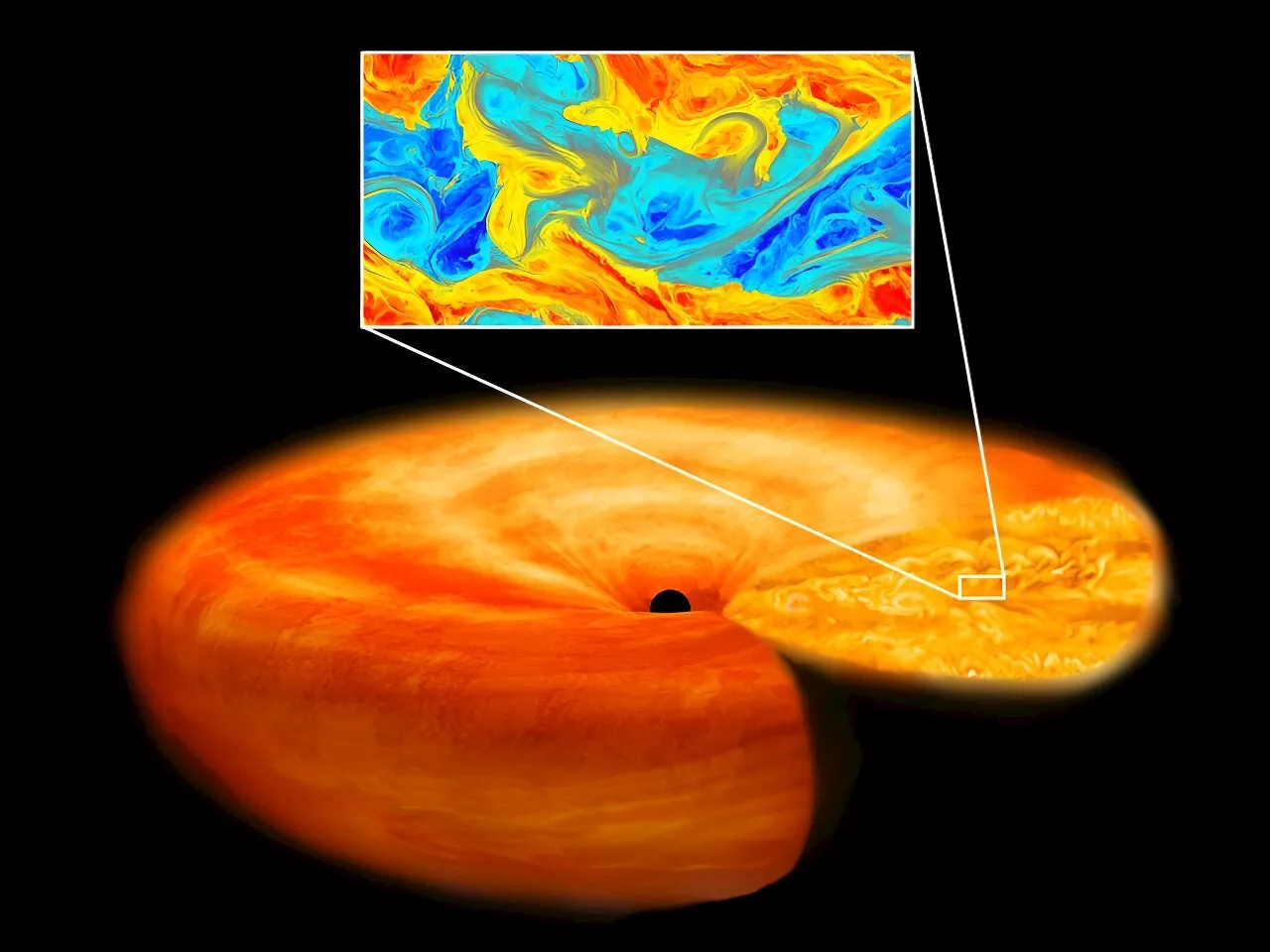 Supercomputer simulations reveal the nature of turbulence in black hole accretion disksResearchers at Tohoku University and Utsunomiya University have made a breakthrough in understanding the complex nature of turbulence in structures called accretion disks surrounding black holes, using state-of-the-art supercomputers to conduct the highest-resolution simulations to date.
Supercomputer simulations reveal the nature of turbulence in black hole accretion disksResearchers at Tohoku University and Utsunomiya University have made a breakthrough in understanding the complex nature of turbulence in structures called accretion disks surrounding black holes, using state-of-the-art supercomputers to conduct the highest-resolution simulations to date.
Read more »
